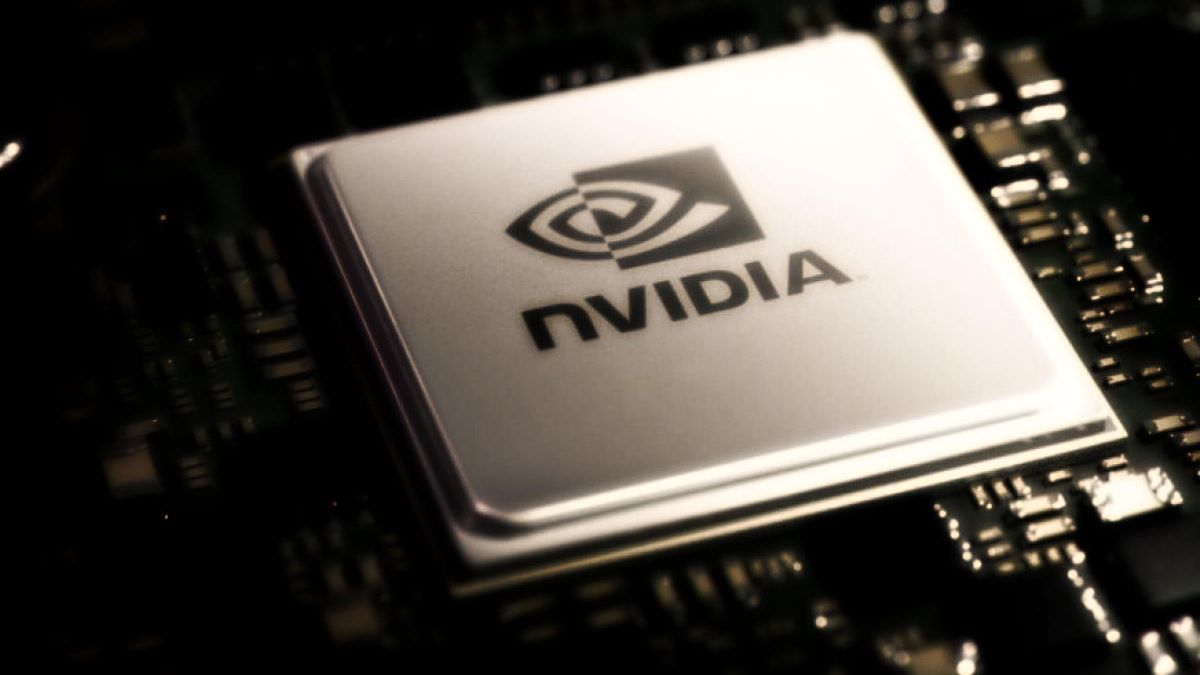Investors around the world are focusing their attention this week on the Nvidia earnings presentationincluding local ones that have a position through The Cedears that are listed on the Buenos Aires marketThe question that arises is whether, Following Jerome Powell’s remarks at Jackson Holewhere he announced that it is time to cut interest rates, the balance presented by the locomotive of Wall Street It would be a new catalyst for the technology sector to reach record levels.
The semiconductor company, a benchmark for the rise of artificial intelligence (AI)has a date with the market scheduled for after the close of next Wednesday, August 28. There it will report the results of the second fiscal quarter and a fact that cannot be overlooked is that The company has beaten earnings and sales expectations for the past six quarters.
For example, during the presentation of the last balance sheet, that of the first quarter, the shares shot up. 9.3% to close at a record high the day after reporting the resultsThey also rose 16.4% to another record the day after the Q4 2023 report.
Shares rose 4.5% last week to close Friday at $129.28, so it would only take a rally of just under 5% to close above the June 18 all-time high of $135.58. The role of AI darling, rose about 43% from its August lowand has been boosted in recent weeks by upbeat Wall Street coverage and rising earnings forecasts.
However, the Wall Street locomotive is under pressure. Adding to the feeling left in the market by Powell’s words that the Federal Reserve (Fed) could fall “short” with the cuts for this year, we must add the electoral seasoning, which according to the explanations of Scopeor generates uncertainty, since neither of the two candidates “has presented concrete economic plans”.
Nvidia: what the market expects
As mentioned by Scope the investment advisor, Gaston Lentinithe market expects a profit of US$0.65 per share on Wednesday, “which represents a new record for Nvidia’s profits while the price is near its highs and its accounting ratios look somewhat strained.
Lentini argues that the company’s profitability “is by far the best among its competitors; however, when comparing earnings to price (ratio known as PER) we see that it is close to the industry average.” In this sense, companies such as Qualcomm have more interesting ratios and I would suggest that investors who do not have a position wait for the presentation of the results before buying shares here, “since it would be the closest thing to betting on red or black at the roulette wheel“.
Therefore, the strategist leaves a piece of advice for the investor: “Mr. investor, if you are interested in the sector, I suggest you wait for Wednesday’s results, pay attention to the company’s projections and then decide. You may lose some profit, but you will gain certainty in the decision.“.
S&P 500 at 6,300 points for next year
In dialogue with this medium, Eric Wallersteinchief markets strategist at Yardeni, analyzes what’s next for Wall Street, from the heart of the financial center, regardless of Nvidia’s results and after Powell’s words last Friday in Jackson Hole.
He maintains that from the firm he represents they are ““optimistic about US equity for the coming years”. And he estimates that there is a 60% probability that the economy and the stock market are in a period of “Roaring 2020s ”. The term refers to an optimistic projection about the economy and financial markets, inspired by the “Roaring Twenties” of the 1920s. During that historical period, The world experienced remarkable economic expansion and great prosperityespecially in the US, followed by significant technological advances and cultural changes.
Nvidia.jpeg
Nvidia will present its results next Wednesday and the market is eager to see how the Wall Street locomotive will continue.
For Wallerstein, what is coming will be characterized for increased labor productivity, improving corporate margins and rising real wageswhich drives increased household consumption. “In this scenario, we expect that the S&P 500 will reach 5,800 by the end of the year, 6,300 next year and 6,825 in 2026. In the short term, the S&P 500 could be volatile until the US presidential elections, although we expect it to rise towards the end of the year,” he analyses.
In this context, the expert recommends Overweight sectors such as information technology, financial services, communication services, industrials and energy“Our preference for energy stocks is as a hedge against less likely economic scenarios, including a 20% chance of geopolitical pressures leading to higher oil prices and global stagflationary pressures,” he said.
He adds that “energy is a relatively small component of the US stock market, while the country has become a net exporter of oil and gas, making it easier to overweight this sector in portfolios.”
The impact of the US elections on Wall Street
On the elections, Wallerstein explains that none of the potential administrations (Donald Trump and Kamala Harris) have not yet presented concrete economic plans that seem likely in the event of a divided US Congress (i.e., neither Republicans nor Democrats having full control of the Senate and the House of Representatives).
In that regard, he explains that deregulation makes the financial and energy sectors interesting in the event of a Trump victory. However, he projects that “financial stocks will benefit anyway from falling short-term interest rates, more negotiations and deregulation, regardless of who wins the election.” And he suggests that subsidies for builders and home buyers could mean outperformance for homebuilder stocks under a Harris administration.
Finally, The Wall Street Strategist casts doubt on a rate cut in November, saying that while he does not believe the election will influence the Fed’s decisions, “There could be a debate on whether to cut interest rates at the November meetinggiven that it is the day after the election. The debate would focus mainly on whether officials want to signal that they are cutting rates at each Fed meeting or whether they prefer to do so at a slower pace,” he concludes.
Source: Ambito
I am a 24-year-old writer and journalist who has been working in the news industry for the past two years. I write primarily about market news, so if you’re looking for insights into what’s going on in the stock market or economic indicators, you’ve come to the right place. I also dabble in writing articles on lifestyle trends and pop culture news.




